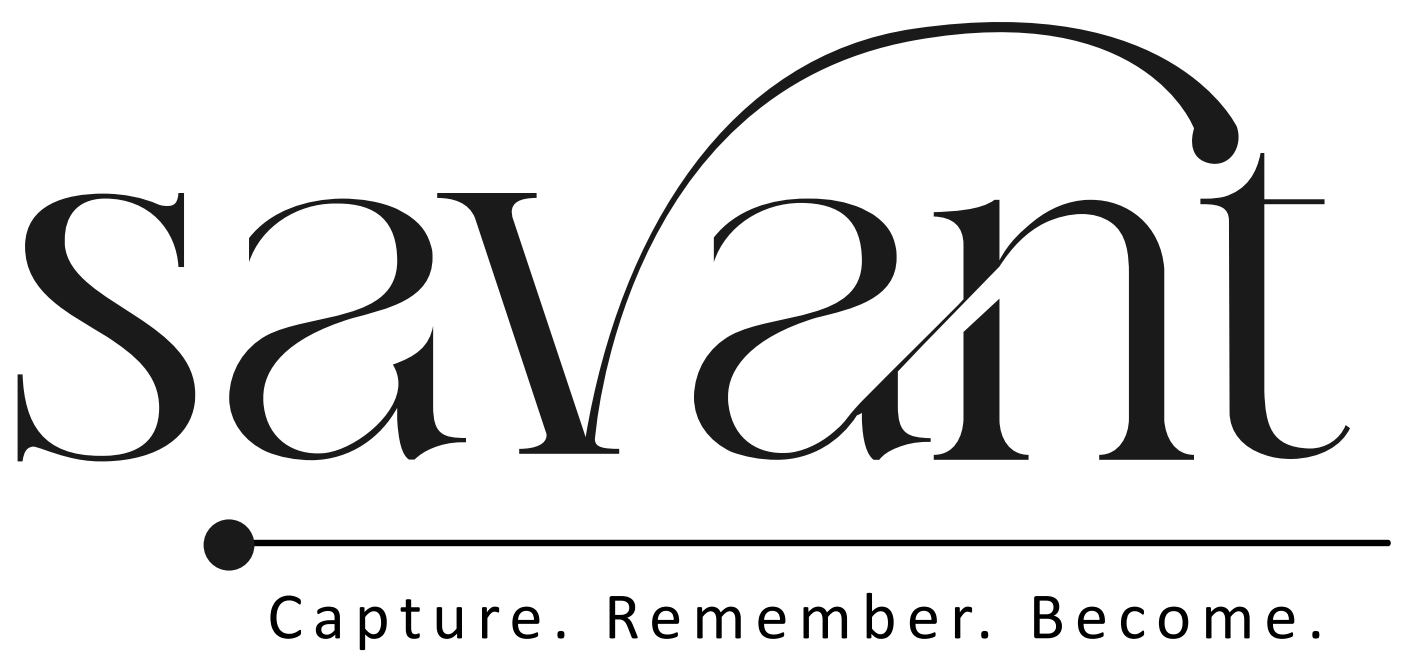In today’s competitive job market, retaining talented employees is more crucial than ever. Organizations need to focus on strategies that not only keep employees satisfied but also engaged and motivated. This article outlines ten effective ways to enhance employee retention, ensuring that your workforce remains committed and productive.
Key Takeaways
- Engaged employees are more likely to stay with the company, so fostering a positive work environment is essential.
- Recognition and rewards can significantly boost morale and loyalty among staff.
- Hiring employees who fit the company culture can lead to longer retention rates.
- Investing in employee development helps individuals grow, making them more likely to stay.
- Open communication encourages trust and transparency, which are vital for employee satisfaction.
1. Build Employee Engagement
Employee engagement is super important for keeping your team happy and productive. When employees feel connected to their work, they’re more likely to stick around. Here are some fun ways to boost engagement:
- Ask for Feedback: Regularly check in with your team to see how they feel about their roles. Use quick surveys or chatbots to gather their thoughts.
- Encourage Teamwork: Create opportunities for employees to work together. This not only builds friendships but also helps everyone perform better.
- Celebrate Successes: Recognize achievements, big or small. A simple shout-out can make someone’s day and motivate them to keep going.
| Engagement Strategy | Description |
|---|---|
| Feedback Surveys | Short, regular surveys to gauge employee feelings |
| Team Projects | Collaborative tasks to strengthen bonds |
| Recognition Programs | Celebrating achievements to boost morale |
Building a strong connection with your employees can lead to a happier workplace. When they feel valued, they’re less likely to leave.
Remember, every workplace is unique. It’s essential to ask your employees what they want to feel engaged. This way, you can create a culture that everyone loves to be a part of!
2. Get Recognition And Rewards Right
When employees feel appreciated, they tend to work harder and stick around longer. In fact, nearly 50% of U.S. workers have left their jobs because they felt underrecognized. To change this, it’s essential to create a culture where recognition is frequent and specific. Companies that recognize their employees multiple times a month see a 41% increase in retention and a 34% boost in engagement.
Key Strategies for Effective Recognition
- Social Recognition: Make sure to celebrate achievements publicly. This not only makes the recognized employee feel good but also shows others what success looks like.
- Monetary Rewards: Cash bonuses, gift cards, or extra time off can be very motivating. Ask your employees what they value most in terms of rewards.
Why It Matters
Recognition isn’t just about celebrating results; it’s also about appreciating effort. Sometimes projects don’t go as planned, but acknowledging the hard work can encourage employees to keep trying.
Remember: A little recognition can go a long way in boosting morale and keeping your team engaged.
Quick Tips for Implementation
- Use a Recognition Platform: This allows employees to earn points for rewards that matter to them.
- Be Consistent: Make recognition a regular part of your workplace culture.
- Encourage Peer Recognition: Let employees recognize each other’s efforts, fostering a supportive environment.
By getting recognition and rewards right, you can create a workplace where employees feel valued and motivated to stay. Building a strong recognition program is a key step in improving retention and creating a positive work environment.
3. Recruit The Right Employees

Finding the right people for your team is super important. Hiring the right employees can make a big difference in how long they stay with your company. Here are some tips to help you attract the best candidates:
1. Highlight Your Company Culture
Make sure your job postings show what makes your workplace special. Talk about fun perks like flexible hours, team outings, or even free snacks. This helps attract candidates who will fit in well.
2. Build Relationships with Schools and Groups
Connect with local colleges and professional groups. This can help you find a more diverse group of applicants. You might discover some hidden gems who are eager to join your team!
3. Look for Longevity in Resumes
When reviewing resumes, pay attention to how long candidates stayed at their previous jobs. Those who have been with a company for several years often show loyalty and commitment. This can be a good sign they’ll stick around with you too.
4. Assess Cultural Fit
During interviews, ask questions that reveal if candidates share your company’s values. When employees feel aligned with your mission, they are more likely to stay long-term.
5. Use a Structured Interview Process
Having a clear and consistent interview process can help you evaluate candidates better. This way, you can compare their skills and fit more easily.
| Tip | Benefit |
|---|---|
| Highlight Company Culture | Attracts candidates who fit in |
| Build Relationships | Access to a diverse talent pool |
| Look for Longevity | Indicates loyalty and commitment |
| Assess Cultural Fit | Increases chances of long-term retention |
| Use Structured Interviews | Better evaluation of candidates |
Remember, recruiting is not just about filling a position; it’s about finding the right people who will thrive in your organization. Taking the time to recruit wisely can lead to a happier, more stable workforce.
4. Create An Exceptional Onboarding Experience
When new employees join your team, setting them up for success is key. A great onboarding experience helps them understand their roles and the company culture, making them feel welcomed and valued. Here are some tips to create an exceptional onboarding experience:
1. Educate on Responsibilities
Make sure new hires know what is expected of them. Provide clear guidelines and resources to help them succeed in their roles.
2. Foster Connections
Introduce new employees to their teammates. This helps them feel part of the team right away. Pairing them with a mentor can also be beneficial, as it gives them someone to turn to for questions and support.
3. Use Technology Wisely
For remote employees, ensure they have access to all necessary tools and platforms. A smooth tech setup can make a big difference in their comfort level.
4. Gather Feedback
After the onboarding process, ask new hires for their thoughts. This feedback can help you improve the experience for future employees.
A well-structured onboarding process can improve employee retention by 82%. This shows just how important it is for your organization to invest in this critical first step.
By focusing on these areas, you can create an onboarding experience that not only welcomes new hires but also sets them up for long-term success in your organization.
5. Provide Avenues For Professional Development
When it comes to keeping employees happy and engaged, professional development is key. Investing in your team’s growth not only helps them gain new skills but also makes them feel valued. Here are some ways to create effective development opportunities:
Ongoing Education
- Offer workshops and training sessions regularly.
- Provide access to online courses and certifications.
- Encourage attendance at industry conferences.
Clear Paths to Advancement
- Create a transparent promotion process.
- Set up mentorship programs to guide employees.
- Regularly discuss career goals during one-on-one meetings.
Upskilling Opportunities
- Invest in training that aligns with company needs.
- Allow employees to explore new roles within the organization.
- Support learning initiatives that enhance their current skills.
Investing in your employees’ growth is not just good for them; it’s good for your business too. When employees feel they can grow, they are more likely to stay.
By focusing on professional development, you create a workplace where employees feel empowered and motivated to contribute to the organization’s success. Remember, a well-trained employee is a happy employee!
6. Build A Culture Employees Want To Be A Part Of
Creating a workplace culture that employees genuinely want to be part of is essential for retention. A strong culture can unify and strengthen an organization. When employees feel connected to their company’s culture, they are more likely to stay engaged and committed.
Here are some key points to consider:
- Define Your Values: Make sure your company values are clear and meaningful. Involve employees in discussions about these values to ensure they resonate with everyone.
- Encourage Inclusivity: A diverse and inclusive environment attracts a wider range of talent. Make sure everyone feels welcome and valued, regardless of their background.
- Recognize Contributions: Regularly acknowledge and reward employees who embody your company’s values. This not only boosts morale but also reinforces the culture you want to build.
| Aspect | Importance |
|---|---|
| Employee Engagement | 4x more likely to be engaged |
| Job Satisfaction | 43% less likely to seek other jobs |
Building a culture that employees want to be part of is not just about perks; it’s about creating a sense of belonging and purpose. When employees feel supported and valued, they are more likely to stay and contribute to the organization’s success.
7. Offer Winning Incentives
When it comes to keeping employees happy and motivated, incentives can make a huge difference. Studies show that 85% of workers feel more driven when there’s something to work towards. Here are some great ways to offer incentives:
1. Competitive Compensation
Make sure your pay is fair. If employees feel they’re not being paid enough, they might look for jobs elsewhere.
2. Monetary Rewards
Consider offering bonuses, profit-sharing, or referral programs. These can really boost morale and encourage teamwork.
3. Wellness Rewards
Help your employees stay healthy with gym memberships or wellness programs. This shows you care about their well-being.
4. Fun Events
Give managers a budget to organize fun activities each month. This can help build team spirit and make work more enjoyable.
5. Flexibility
Allow employees to choose projects they’re passionate about or offer extra paid time off. This can help them feel more in control and valued.
Offering the right incentives not only keeps employees motivated but also helps create a positive work environment.
By focusing on these winning incentives, you can create a workplace where employees feel appreciated and excited to contribute!
8. Manage For Retention
Managing for retention is all about creating a supportive environment where employees feel valued and understood. A great manager acts more like a coach than a boss. This means guiding your team, offering support, and allowing them the freedom to make decisions. Here are some key points to consider:
Understand Your Team
- Listen actively to your employees’ concerns and feedback.
- Encourage open discussions about their career goals and aspirations.
Provide Support
- Offer regular check-ins to discuss progress and challenges.
- Create a safe space for employees to express their thoughts without fear of judgment.
Foster Growth
- Invest in training and development opportunities.
- Help employees set achievable goals that align with their personal and professional growth.
Recognize Achievements
- Celebrate both small and big wins to boost morale.
- Implement a recognition program that highlights employee contributions.
Remember, a positive work environment can significantly reduce turnover. When employees feel supported and appreciated, they are more likely to stay.
By focusing on these areas, you can create a workplace where employees want to stick around, ultimately benefiting your organization as a whole.
| Key Management Strategies | Benefits |
|---|---|
| Active Listening | Builds trust and rapport |
| Regular Check-ins | Keeps employees engaged |
| Training Opportunities | Enhances skills and loyalty |
| Recognition Programs | Boosts morale and motivation |
9. Prevent Burnout By Focusing On Employee Wellness
Employee burnout is becoming a big issue, with 76% of workers feeling its effects. Symptoms like low energy, negative feelings, and isolation can be hard to deal with. But there’s good news! Your organization can take steps to help.
Start by creating a wellness program that focuses on both mental and physical health. Here are some ideas to consider:
- Flexible hours: Allow employees to adjust their schedules to fit their needs.
- Clear expectations: Make sure everyone knows their roles and what’s expected of them.
- Manager training: Teach managers to spot signs of burnout and check in with their teams.
- Encourage breaks: Remind employees to take their vacation time and pursue hobbies.
Key Factors to Address Burnout
| Factor | Description |
|---|---|
| Unfair treatment | Ensure everyone is treated equally. |
| Unmanageable workload | Balance tasks to avoid overwhelming employees. |
| Unclear communication | Keep lines of communication open and clear. |
| Lack of manager support | Provide support and guidance from managers. |
| Unreasonable time pressure | Set realistic deadlines and expectations. |
Remember, asking employees for feedback can reveal what’s causing burnout and how to fix it. They often have the best ideas!
10. Maintain Open Communication
Keeping the lines of communication open is key to a happy workplace. It’s super important for employees to feel connected and informed about what’s happening in the organization. Here’s how you can make that happen:
- Be Honest and Transparent: Share updates about the company, especially during tough times. Employees appreciate knowing what’s going on.
- Encourage Feedback: Create a space where employees can share their thoughts and concerns without fear. This helps everyone feel valued.
- Regular Check-Ins: Schedule one-on-one meetings to discuss workloads and job satisfaction. This shows you care about their well-being.
Open communication builds trust and helps everyone feel like they’re part of the team.
By focusing on these points, you can create a workplace where everyone feels heard and appreciated.
Wrapping It Up: Keep Your Team Happy and Engaged
In conclusion, boosting retention in your organization doesn’t have to be a daunting task. By focusing on simple yet effective strategies like recognizing hard work, encouraging open communication, and offering growth opportunities, you can create a workplace where employees feel valued and motivated. Remember, a happy team is a productive team! So, take these tips to heart and watch your organization thrive as you build a supportive and engaging environment for everyone.
Frequently Asked Questions
What does employee retention mean?
Employee retention is about keeping workers in a company and stopping them from leaving. It’s important for a business to have a stable team.
Why is employee retention important?
Keeping good employees is crucial because losing them can cost a lot of money and time. It affects how well a company runs.
What are some ways to improve employee retention?
You can improve retention by engaging employees, recognizing their hard work, providing training, and creating a positive work culture.
How does employee engagement affect retention?
When employees feel involved and valued, they are more likely to stay with the company, leading to lower turnover.
What role does recognition play in retention?
Recognizing and rewarding employees for their efforts makes them feel appreciated, which can lead to higher job satisfaction and retention.
How can companies create a positive work culture?
Companies can create a positive culture by promoting teamwork, respecting diversity, and encouraging open communication.
What is the impact of professional development on retention?
Offering chances for professional growth helps employees feel valued and can make them more likely to stay with the company.
How can communication improve employee retention?
Open and honest communication helps build trust, making employees feel more connected and engaged with their workplace.






